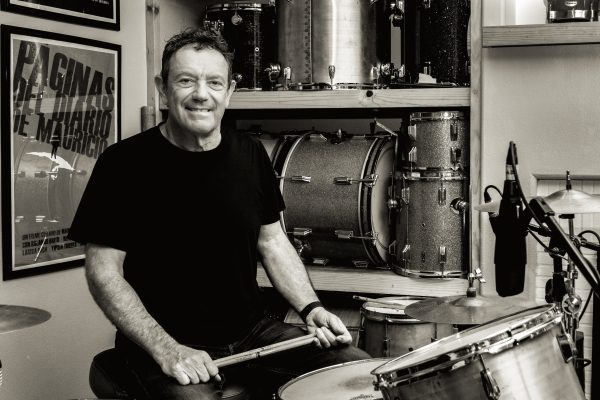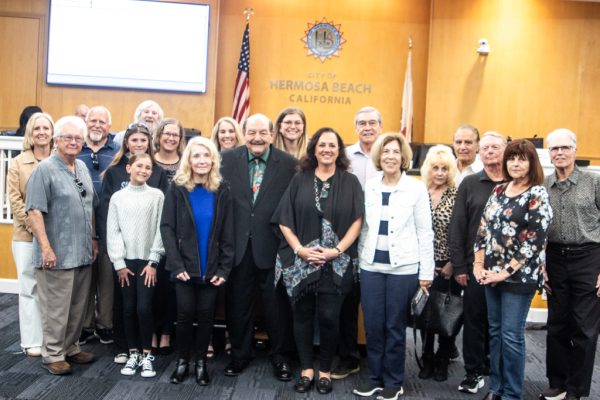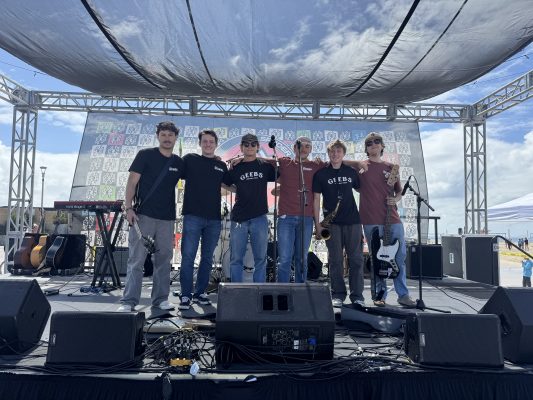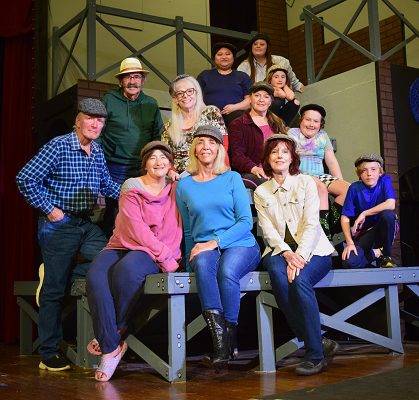
Redondo Beach is a city that has been around for more than 100 years. That’s a lot of history in the making — and the city’s historical society knows an entertaining way to preserve and portray its past. [Redondo BeachHistorical Home Tour]
The homes tour is a pleasant, on-foot excursion into eight different historic locations in Redondo Beach. Most of what’s seen are houses, but there is also a look at the Queen Anne Museum at 302 Flagler Lane, as well as a stop at the Christ Episcopal Church at 408 S. Broadway. The homes are beautifully preserved and filled with antiques that display what life was like in the early 1900s. For anyone interested in the history of the city, this tour is a must.
It begins in Morrell house, a beautiful, two-story building that was first brought to life in 1906 when Ed Morrell, a prominent entrepreneur at the time, built it for himself and his family. A 2,200-square-foot structure — about two times bigger than most houses in Redondo Beach at the time – it was also the only house on the block to have indoor plumbing and electricity.
The parlor is decorated with old china and has black and white photos on the walls. As one enters the kitchen, the glass cabinets can be seen decorated with old-fashioned kitchen appliances, including an early waffle-maker.
The tour provides participants with a pamphlet that gives brief histories about all the houses. Upon request, various papers, such as a “What Happened:1535-1890” timeline and a list of famous Redondo residents, are provided as well.
Most of the houses on the tour are built in the style of a transitional architectural that combines a Victorian outside appearance and an indoors style reminiscent of the Craftsman period. Another aspect most of the houses share are certain common items inside, such as working Victrolas. These early record players were used as family entertainment and can still have their sound controlled by opening and closing doors under the machine’s turn-table.
For those not interested in South Bay or architectural history, the tour also offers practical, applicable knowledge. “They call me the voice of reason,” says Pat Aust, a Redondo Beach councilmember for the past 43 years as well as a member of the city’s historical society. “I’ve seen a lot of dumb things done over and over because they don’t know the historical perspective. But I can say, ‘Wait a minute. We probably shouldn’t be doing this because it did not work in 1972 and did not work in 1996. Why would we want to do it in 2011?’”
Aust’s historical collecting came in handy when he brought in a 294-page report for a community building project done in 1994 that the city would have spent $50,000 on in the present to repeat the effort.
The homes tour provides a pleasant way to gain practical knowledge about the city of Redondo Beach. For example, one fun fact provided on the tour concerns a past resident of Redondo, George Freeth, who was a native of Hawaii. Not only did he bring surfing to California, he also brought over the important concept of having protection in case of drownings off the coast. Thus the concept of the life-guard was brought to the South Bay and soon spread throughout the United States. The historical homes tour is definitely worth looking at, not only for the interesting buildings but also because of the often fascinating conversations that occur throughout the walk.ER










